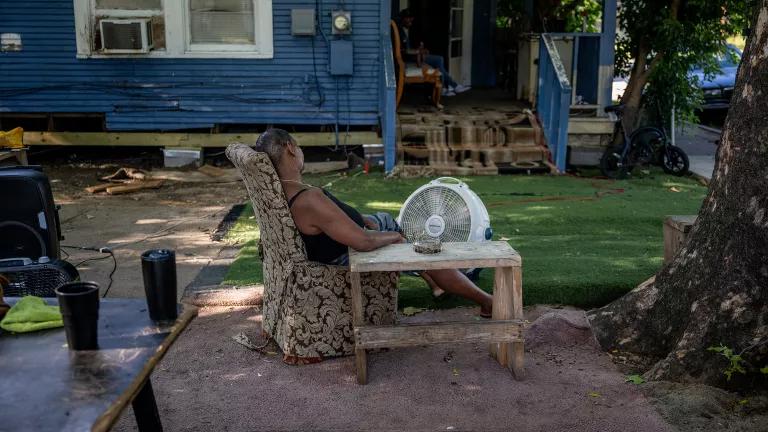GSA Report on Green Building Ratings Systems Expected Soon, As Use of LEED in Federal Buildings Doubles
The number of LEED-certified federal building projects is projected to more than double this year: 821 projects received certification in the first 8 months of 2012 alone, up from 544 projects total in 2011, as reported in the Federal Times and Environmental Leader. These numbers show that the federal government is serious about energy efficient, green buildings. The numbers are driven by several factors, including GSA’s requirement that all new and major renovations achieve at least LEED gold, executive orders on the efficiency and environmental performance of federal buildings, and requirements in the 2005 and 2007 energy bills that require both new and major renovations of federal buildings to meet certain efficiency and sustainability requirements.
Green buildings, such as those certified through the LEED system, can have significant benefits: they reduce costs to the government both through energy bill savings and by increasing worker productivity and they improve occupant health. And they also cut other environmental impacts of buildings, such as climate pollution, water waste, and materials use.
For evidence that these LEED buildings are saving tax payers money, look no further than the Treasury itself. Last year, the US Treasury Building became the oldest building to receive LEED certification (it was constructed in the mid 1800s) earning a gold rating in the LEED Existing Buildings: Operation and Maintenance system. The updates to the Treasury are expected to save tax payers $3.5 million per year on energy and lease costs.
This increase in LEED certified federal buildings comes in the midst of a full-fledged attack against the use of LEED from the timber and chemical industries, who have been lobbying against the use of the LEED rating system in federal buildings (see this letter to GSA as an example). The most recent complaint is over three proposed credits in the latest update of the rating system (LEED v4) which is currently out for a 5th round of public comments. The credits would give builders points towards a LEED rating for not using materials that cause cancer, birth defects and other environmental and health impacts. Note that these proposed credits are not requirements, but rather one of over 100 options that a design team would have to choose from in achieving the number of points required for a given LEED certification. While GSA is currently considering continuing to use the 2009 edition of the rating system (not the yet to be finalized v4 to which the chemical industry objects), this hasn’t stopped the industry from launching a full out attack against the use of LEED period. The chemical industry even launched their own laughable “American High-Performance Buildings Coalition” to fight these proposed changes and against the use of LEED, which my colleague Jen Sass has blogged about.
The green building industry responded, and in July over 1,250 businesses large and small sent a letter requesting that GSA keep using LEED.
Currently, GSA is reevaluating its rating system of choice, as required every 5 years by the Energy Independence and Security Act of 2007. A decision from GSA is expected any day now. Clearly the current system is working and is saving tax payer dollars – why would you stop doing something with such great success just to satisfy these special interests? We hope GSA’s announcement will continue the ability of the federal government to save energy, water, and taxpayer dollars using LEED.



